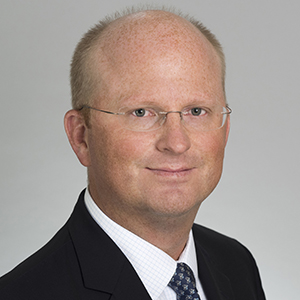After a steep drop in surgical procedure volume in the wake of the COVID-19 pandemic, the number of surgical procedures has returned to its 2019 levels, in many cases.
The rebound in procedure volume has been the number one driver for the medical devices industry’s post-COVID recovery, while Singh’s mention of favorable demographic trends, rising global demand, underpenetrated end markets, and mergers and acquisition activity create an environment conducive to sustained growth.
While the recovery in procedures has been a major tailwind for medical devices businesses, the sector is not without headwinds.
“The underlying fundamentals of the medical devices sector remain robust, driven by demographics and a still very under-penetrated market, a conclusion supported by our proprietary market and product models.”- Shagun Singh, Medical Devices and Medical Technology Analyst, RBC Capital Markets
Rising freight rates will raise costs for all companies, while higher prices for raw materials and increasing labor costs will place pressure on profit margins, though the margin squeeze will vary considerably by individual company.
The current chip shortage is a concern as well, since it directly impacts production output, which may weigh on company revenues and profits.
Nevertheless, these headwinds are not muscular enough to cancel out the factors contributing to the sector’s growth momentum.
Selectivity is paramount
It’s important to recognize that the medical devices sector is not monolithic. We see several compelling sub-sectors. For instance, transcatheter mitral and tricuspid therapies are in the early stages of substantial growth, with revenues projected to increase from $1 billion in 2021 to $5 billion by 2028.
“Our research touches on disruptive and transformational digital innovation, and we see significant trends in smart implants, AI-driven procedural integration, and robotics that we believe will create significant investment opportunities.”- Shagun Singh, Medical Devices and Medical Technology Analyst, RBC Capital Markets
Surgical robotics is another sub-sector that should experience significant growth, as robotics become the “standard of care” in several areas, such as surgery and reconstruction of hips, knees, and spines.
Also particularly promising is diabetes, a highly underpenetrated market, with the global continuous glucose monitoring (CGM) anticipated to grow at a double-digit pace to $12B by 2025.
Conditions favor sustainable growth
The optimistic outlook for the medical devices industry rests on two powerful forces that we believe will generate meaningful value creation.
Foremost is the demographic tsunami of an aging population globally. The World Economic Forum estimates the number of adults over age 65 will double by 2050, rising to 1.6 billion. This “age wave” may be one of the most reliable and profound expansions in any industry’s TAM (total addressable market).
The second factor driving value creation is M&A activity, which we expect to accelerate as companies drive their category-leadership strategy in response to market demand for best-of-breed providers offering scalable solutions. With many smid-cap names off their highs, we believe now is a particularly propitious moment for long-term strategic players to build through mergers and acquisitions.


